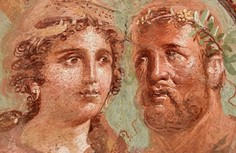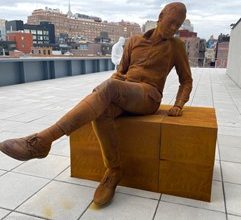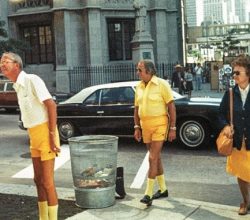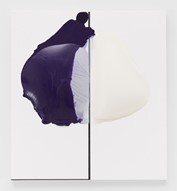
Anselm Kiefer: Pour Paul Celan
Ana Beartri Duarte | Studio International | 3rd January 2022
Paul Celan is widely considered the greatest postwar German language poet. Kiefer, the celebrated German-French artist, has long been inspired by Celan’s work and especially his renowned poem on death. In a recent show intended as a homage to Celan, the works carry the heavy overtones of war. Says one critic, these are objects of “European memory”. Fittingly, they are sombre, incorporate materials such as ash and are “intimidatingly” large. They are “the past and the future linked by a vortex”.













